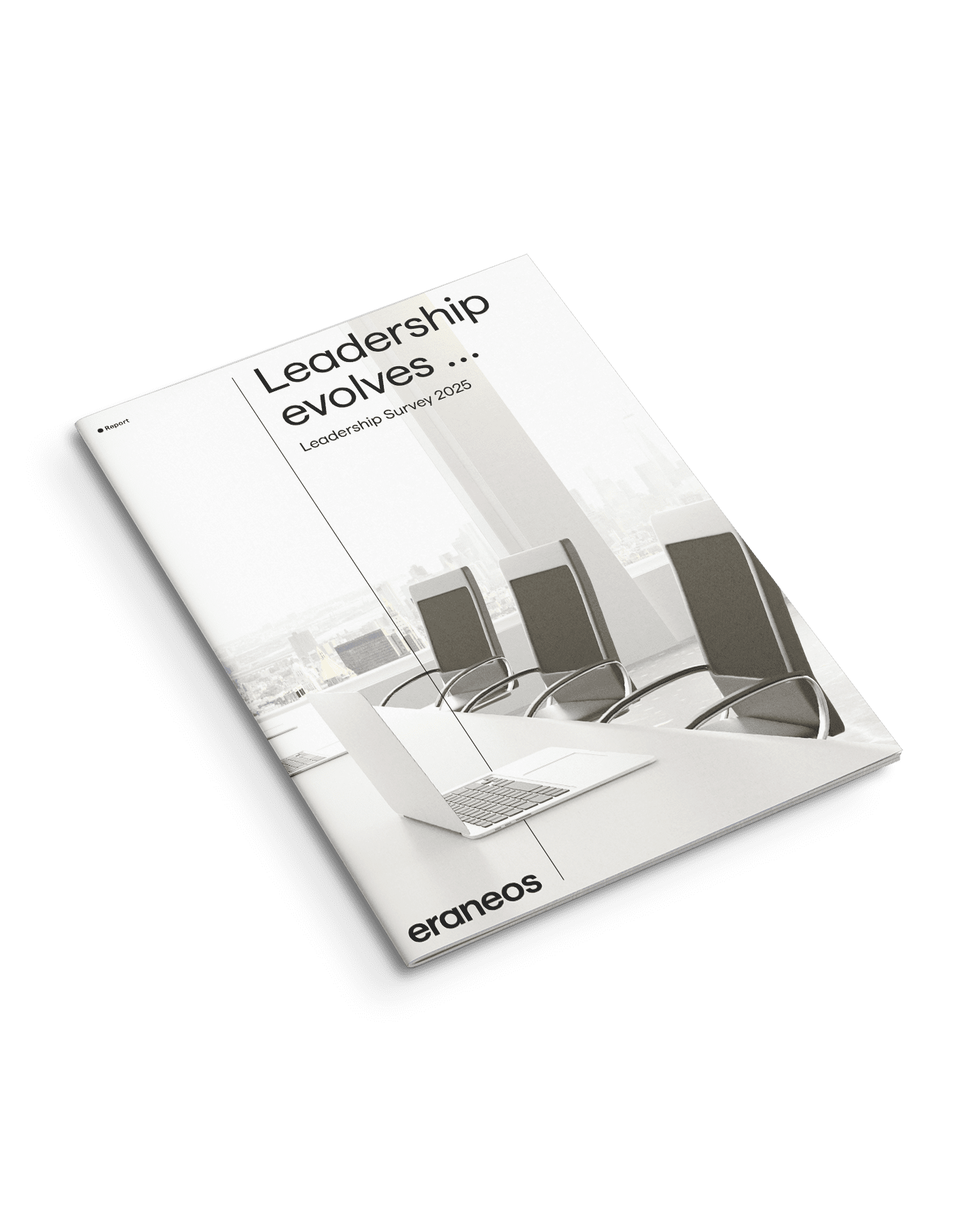About this series: In 2024–2025, Eraneos conducted research into the behaviors of effective leaders. Based on the insights gathered, we created a three-part article series exploring what today’s leaders in Finance need to truly make an impact.
In this first installment, we focus on one of the most underestimated leadership skills in finance, actively removing obstacles. Our research revealed one standout conclusion: leaders must get better at solving impediments. If we want organizations to truly perform, leaders need to take ownership of the barriers that stand in the way of progress.
Financial services organizations operate in a complex and high-pressure environment. To move forward, leaders must do more than manage, they must actively remove barriers to progress. Whether it is outdated internal policies, legacy IT systems or slow decision-making structures, impediments directly impact flow, increase the risk of errors, and drag down performance. While these issues are widely acknowledged, Eraneos research shows that decisive action is often lacking. This article calls on financial leaders to take ownership of impediment resolution. By proactively unblocking the flow of value within their organizations, they not only drive operational excellence, but also reinforce resilience and agility in a changing market.
Why it matters: five areas where impediments impact performance:
- Operational complexity demands efficiency
Financial institutions process vast volumes of data and transactions. Any delay caused by outdated systems, inefficient handovers or unclear roles scales quickly into higher costs and risk. Leaders must streamline operations and ensure lean, efficient flow across teams. - Regulatory overload requires clarity
Ambiguity in regulatory interpretation or conflicting internal policies can paralyze execution. Leaders must remove policy friction and create clear, actionable compliance structures, especially in domains like DORA or NIS2. - Digital transformation needs momentum
Transformation fails when initiatives stall due to resistance to change, data silos, or legacy architecture. Leadership must actively clear the path technically and culturally to make innovation stick. - Strategic agility relies on fast decisions
In a volatile environment, long approval chains or fragmented responsibilities slow down response times. Impediment aware leadership builds lean governance and empowers teams to act decisively. - Stakeholder trust is earned through reliability
Delays, inefficiencies, and recurring issues undermine the confidence of customers, regulators and shareholders. Leaders who visibly resolve impediments send a powerful signal of commitment to operational excellence.
“Leadership means not just managing, but actively removing barriers to enable real progress.”
From theory to practice: leading impediment resolution
Drawing from lean and agile principles, financial leaders can develop a systematic approach to identifying and resolving the issues that hold their organization back.
- Prioritize what blocks value flow
Make it normal for teams to raise obstacles without blame and elevate the issues that block end to end delivery. - Distinguish operational from systemic barriers
Fixing a process step helps, but resolving misaligned incentives, slow governance or unclear accountability leads to deeper change. - Restore flow, not just fix symptoms
Visualize the customer journey or service chain. Where does work stall? Remove friction at those critical points. - Lead, don’t delegate
Systemic issues often require top level ownership. Leaders must drive resolution, allocate the right resources and follow through. - Understand the roots of inaction
When known problems persist, ask why: competing priorities, risk aversion, or unclear ownership? Address these barriers to create momentum. - Ensure solutions are embedded
Fixing the issue isn’t enough. Build follow up into daily operations to keep improvements in place
Case in point: unlocking agility at Aegon
To strengthen its ability to respond to a dynamic market, Aegon partnered with Eraneos to drive a group wide agile transformation. Together, we implemented a Target Operating Model focused on value stream alignment, lean governance (“Quality by Design”) and cultural change. This allowed teams to identify and resolve their own blockers faster and more consistently.
The result: greater clarity, improved responsiveness, and empowered teams working towards shared goals.
Conclusion: make impediment resolution a leadership habit
Impediments rarely disappear on their own. But with the right leadership mindset and approach, they can become catalysts for positive change. Financial services organizations that institutionalize impediment resolution not only reduce waste and risk. They unlock the full potential of their people, technology, and strategy.
Curious about how to eliminate barriers and boost performance in your organization? Dive deeper into our full research and learn how leaders can make lasting change.

Leadership survey 2025: Leadership evolves …
Discover the latest leadership trends. Learn how modern leaders navigate technology, change, and people-centered transformation. Request the report now!





